Group Speech Therapy Ideas for Children with Autism:
Often, autistic children with significant communication needs are grouped together so they can benefit from a modified classroom and extra supports. We can support these learners in our speech therapy sessions as well as in the classroom by running activities that they can all participate in together. This gives us the opportunity to teach functional communication skills while also building their ability to communicate in a group setting.
Check out our group speech therapy activities for autistic children here:
Group Speech Therapy Activities for Autism:
Book-Reading Activities:
Read one book but have different expectations for every student in the class.
Possible skills to target:
- Sitting with a quiet voice and quiet body
- Participation: filling in repeating lines
- Following basic directions (point to the ____, imitate an action from the book)
- Answering basic questions about the story or pictures (wh- or yes/no)
- Vocabulary: asking students “what’s this” or giving them specific words to listen for
- Speech sounds: having students repeat certain words or phrases with their target sounds
Cooking Activities:
Have one visual recipe with enough steps for everyone to participate.
Possible skills to target:
- Tolerating hand-over-hand and staying with the group
- Following simple directions (visual and written)
- Answering questions about what is happening
- Recalling and sequencing events to the activity
- Tolerating touching, tasting, or eating a new food
Sensory Activities:
Bring in a sensory-heavy activity that everyone participates in, like a bean box with small objects hidden inside.
Possible skills to target:
- Tolerating hand-over-hand and staying with the group
- Following directions with the sensory medium
- Vocabulary: labeling objects as they are found
- Answering questions about what everyone is doing and finding
- Using descriptive vocabulary to talk about the experience
- Giving clues to guess what object was found (describe something that you’re feeling inside the beans)

About the Author: Carrie Clark, MA CCC-SLP
Hi, I’m Carrie! I’m a speech-language pathologist from Columbia, Missouri, USA. I’ve worked with children and teenagers of all ages in schools, preschools, and even my own private practice. I love digging through the research on speech and language topics and breaking it down into step-by-step plans for my followers.
Connect with Me:



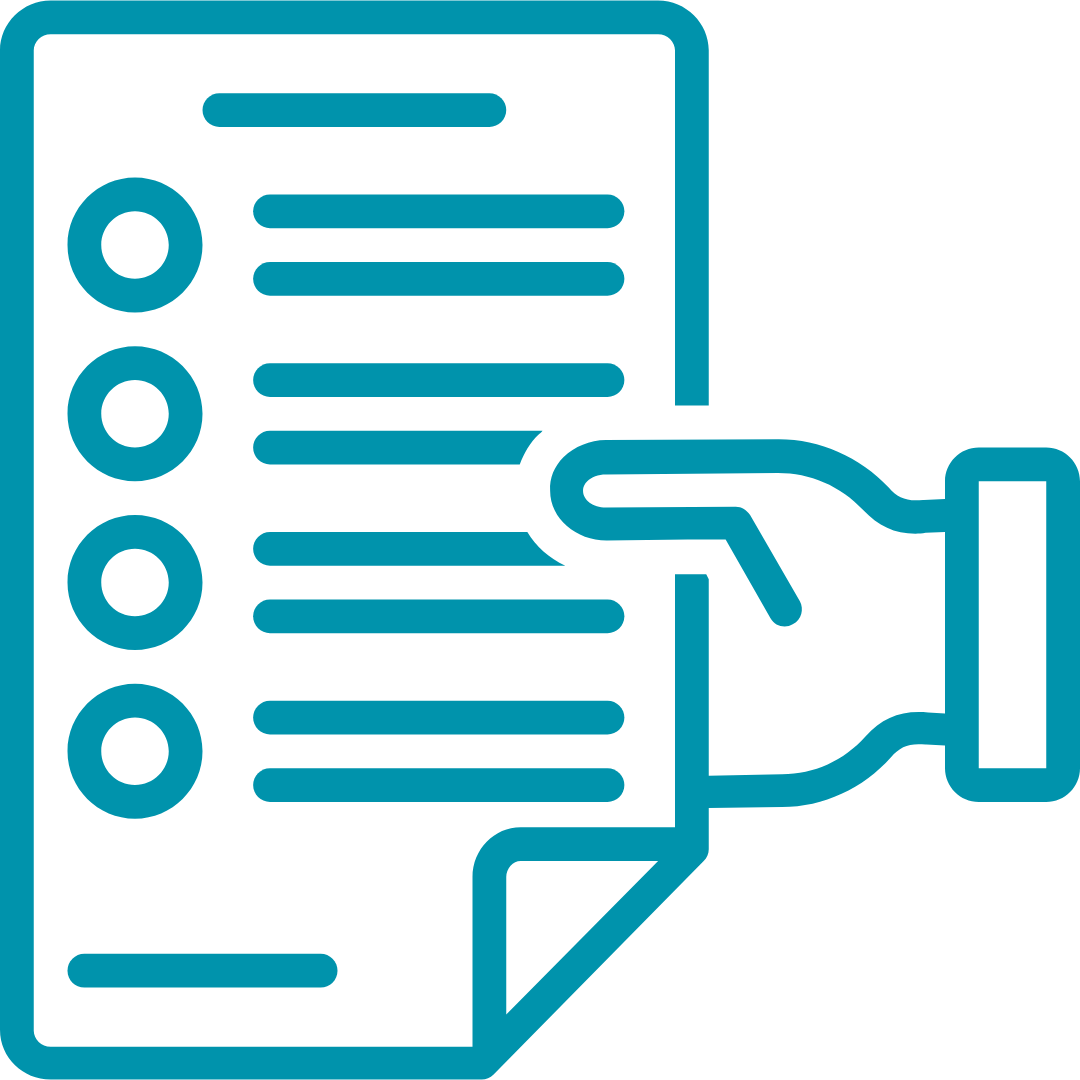
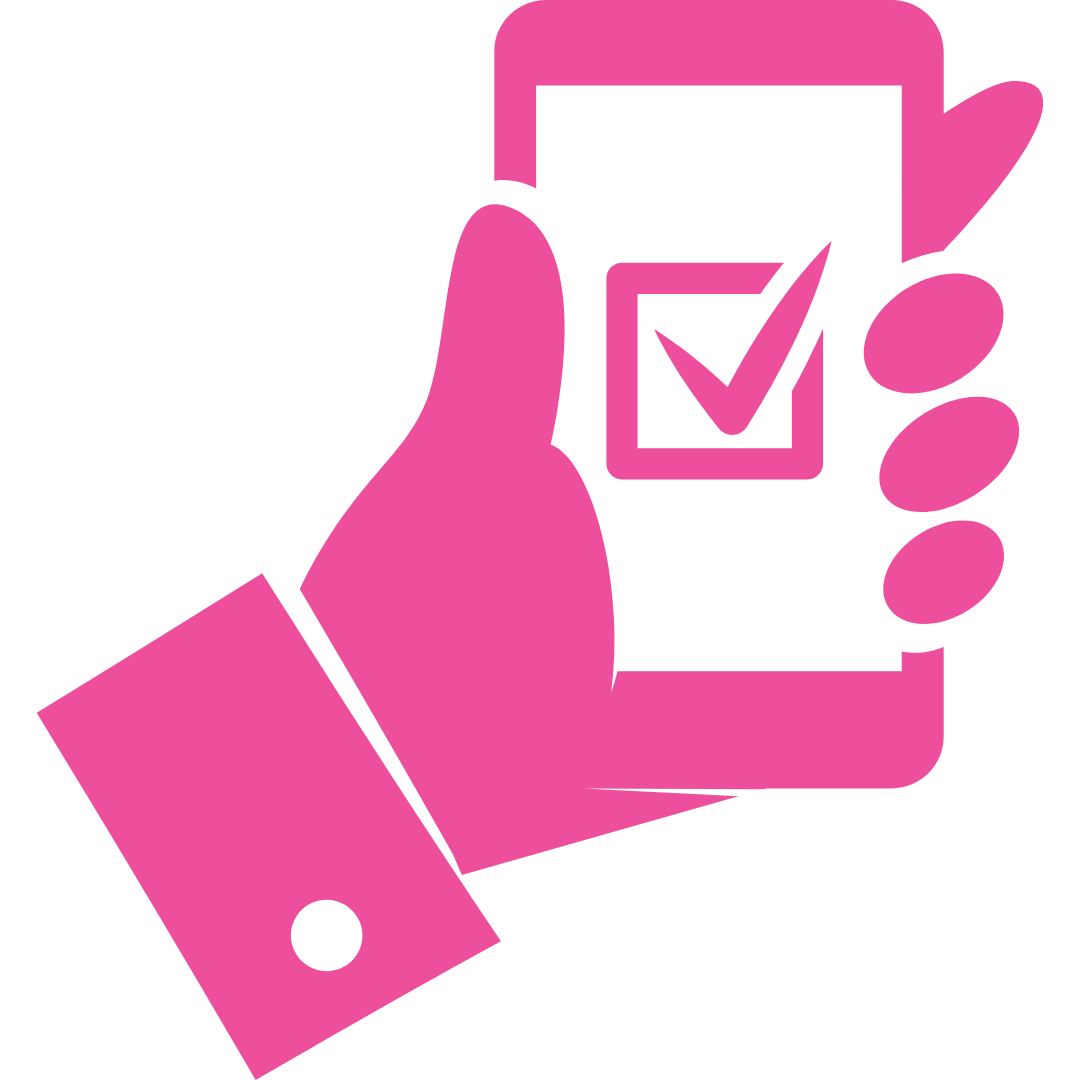
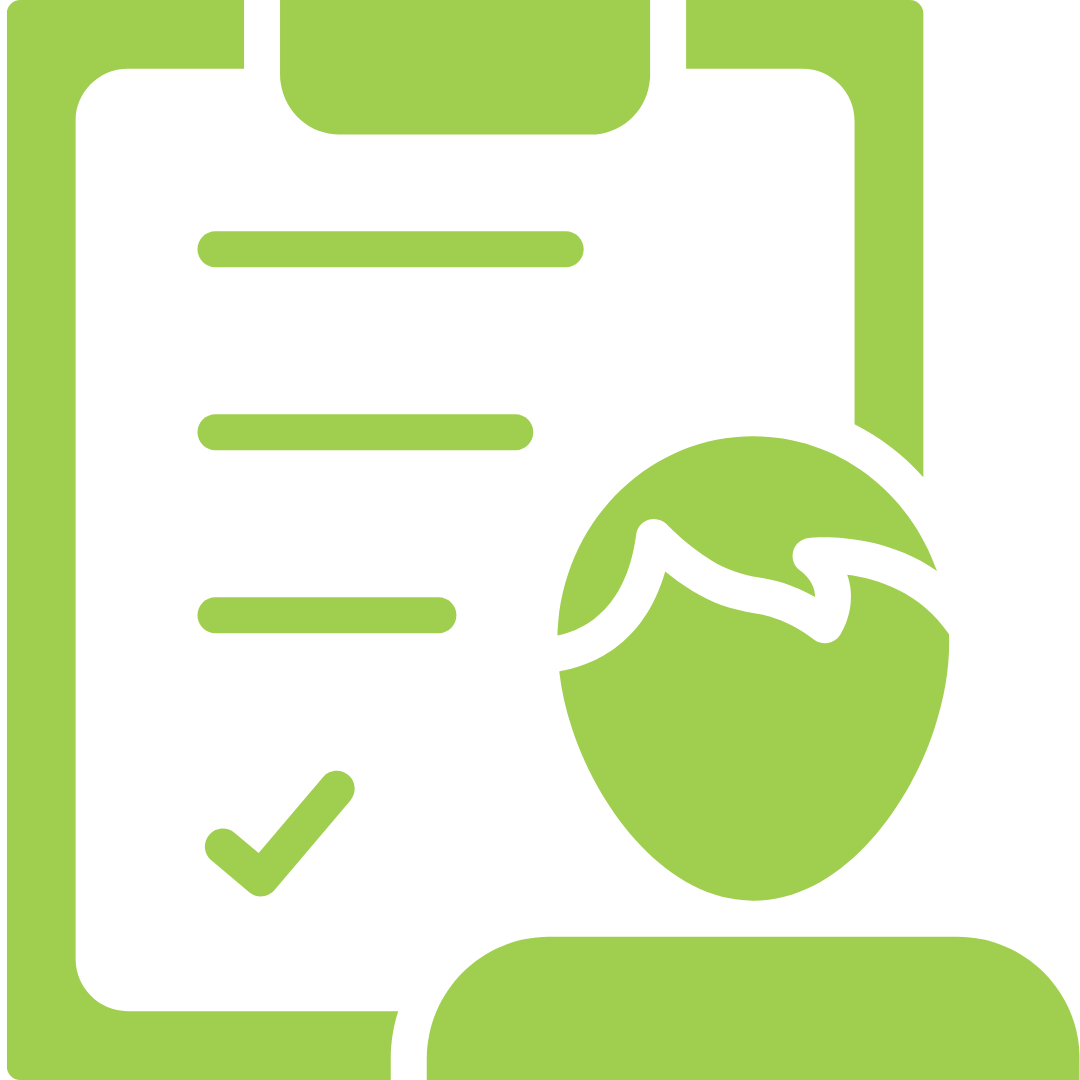
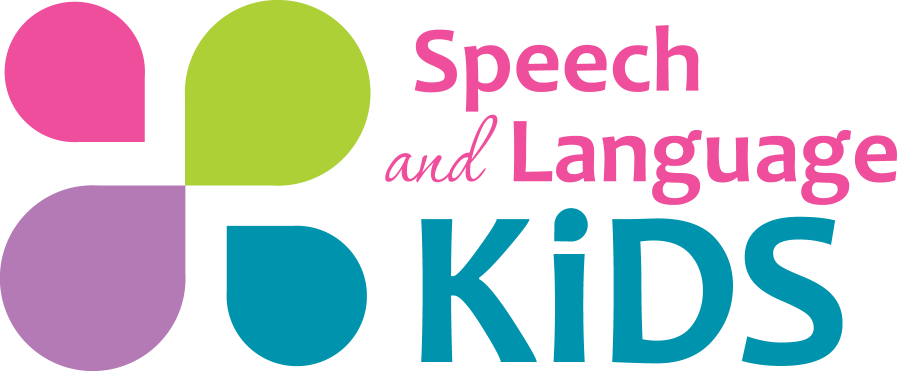
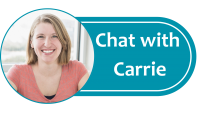

Thanks for the suggestions. Where can I find the bean box? What things go inside it? Sorry I’m new to slp and not familiar with many toys and games. I just got a new job working with various self contained classes at middle school and really feel lost. From what I remember from the interview, I believe one classroom is intellectual disability, the other is hearing impaired, and one is autism and the other is orthopedic ally disabled.
Please help!
Thanks
Hey there! The bean box is just a plastic tub or container that you fill with dried beans. You can put anything inside: articulation cards, language cards, small toys, etc. Best of luck with your new job!!
Do you have any good food ideas for the cooking lessons. It would have to be something that doesn’t actually have to be cooked. Thanks!
Hey Jean, I see this is an older post but you could make beverages like chocolate milk, lemonade etc., breaking down the steps with visual sequencing cards. For example, Set 1/picture 1 shows what you’re making (example lemondade); Set 1/picture 2 shows the ingredients (lemons, sugar, water); Set 1/picture 3 shows the tools/containers needed (juice press, pitcher, spoon, measuring cup); Set 2/picture 1 shows combination of visual cue + written instructions for making the lemonade with highlighted vocabulary words (stirring, pouring, cutting, squeezing, juicing etc.) example: “1st we juice the lemons by squeezing them”, next we pour the juice into the pitcher, (Ask questions like: “Is it ready to drink? No, it’s too sour/tart etc. What can we add to make it taste sweet? Something white and sweet-do we add sugar or salt?); Next we add sugar and stir; Next we add water and stir; Do you want to stir with a metal or wooden spoon?; Do we want cold lemonade or room temperature? How can we make the lemonade cold? Etc., Etc. Lots of visual support through out the activity. Same can be done for ‘recipes ‘ without cooking such as making pnut butter and jelly sandwiches/crackers & cheese; Even making simple ‘play doh’ recipes and craft activities with the recipe format: 1. ingredients / tools & utensils; 2. specific vocab words; 3) instructions (sequential steps) Hope this is helpful : )